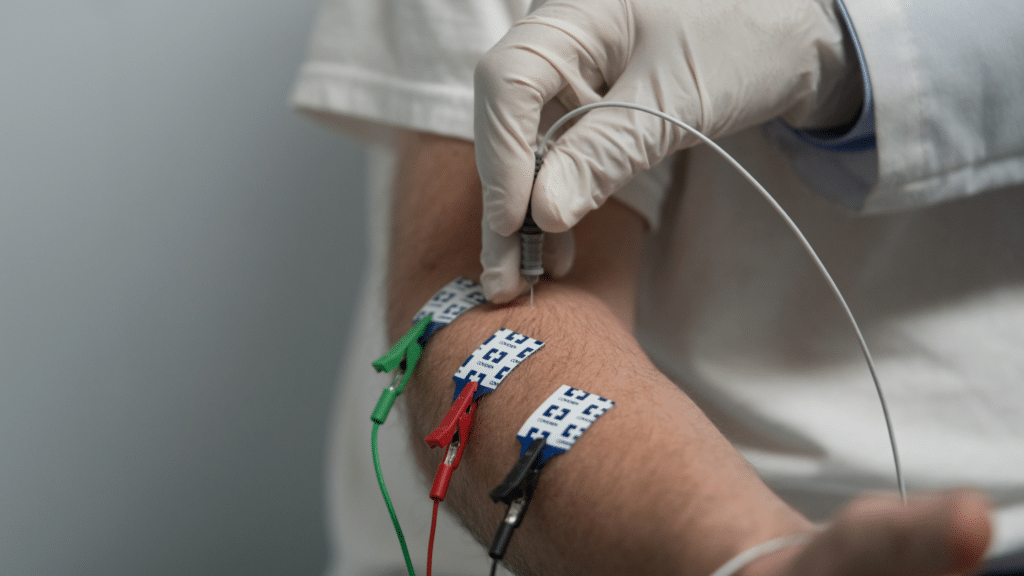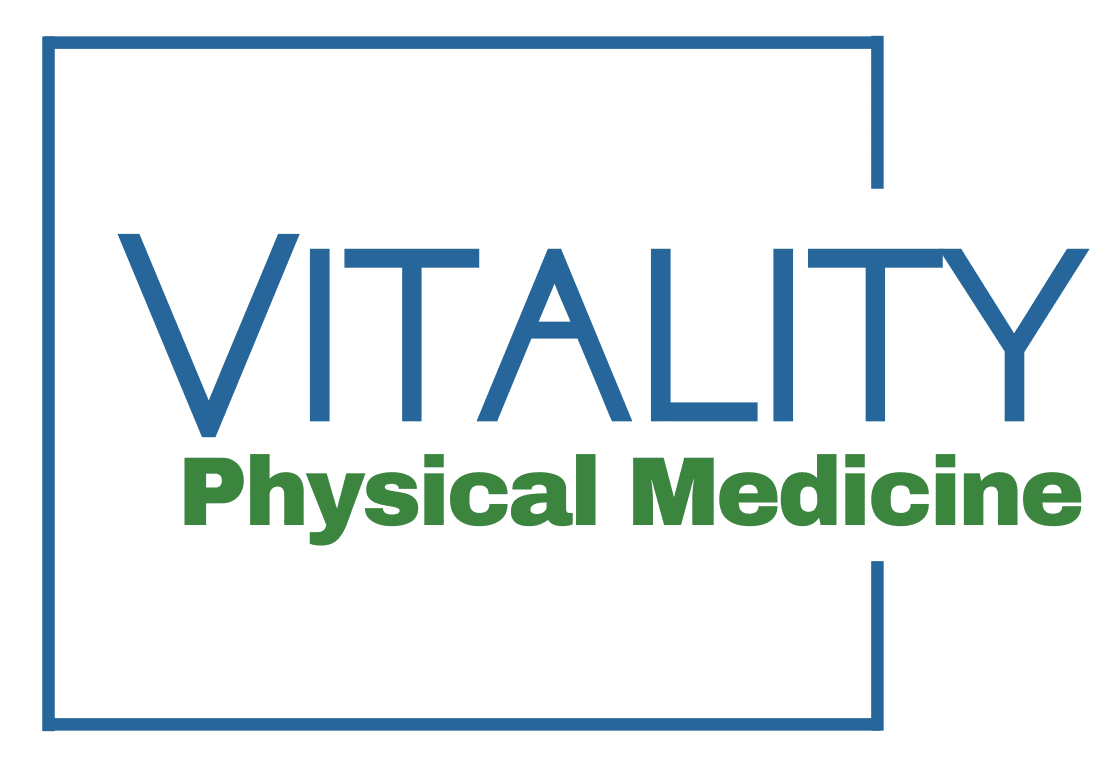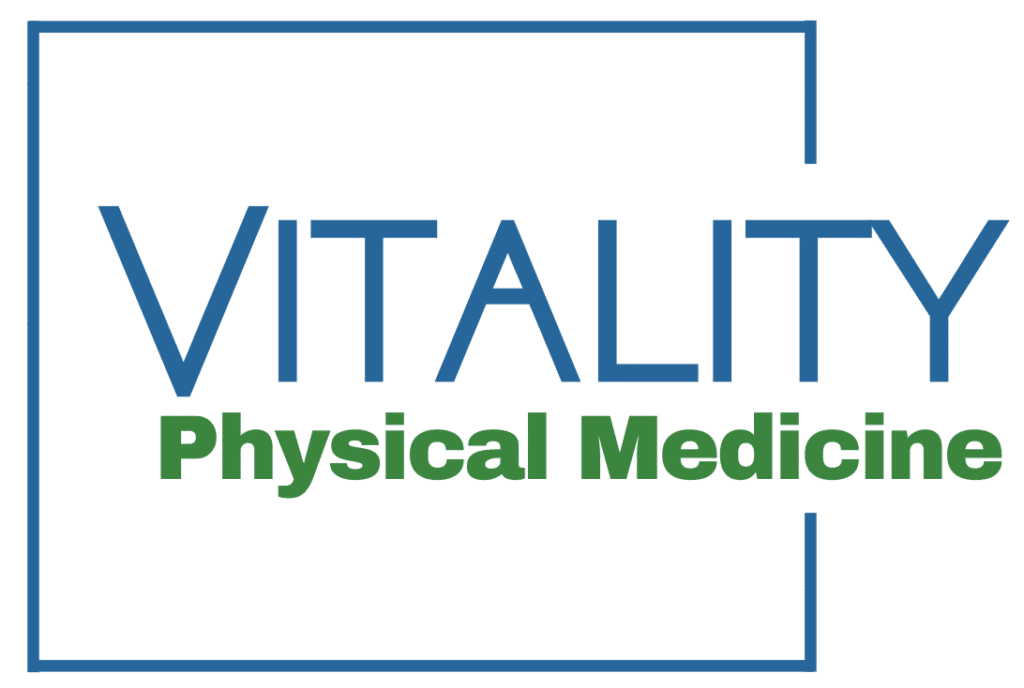Understanding Electromyography (EMG) and Nerve Conduction Studies (NCS)
Electromyography (EMG) and Nerve Conduction Studies (NCS) are essential diagnostic tools used to assess the electrical activity of muscles and nerves in the body, typically focusing on an arm or a leg. These tests can help diagnose various conditions such as carpal tunnel syndrome, pinched spinal nerves, peripheral neuropathy, myositis, or ALS, and are crucial for determining the appropriate treatment for nerve or muscle injuries.
Why Do I Need an EMG or NCS Test?
While imaging tests like MRI or X-ray provide detailed views of your spine’s structure, EMG and NCS tests are crucial for understanding how your muscles and nerves actually function. These tests complement the information your doctor gathers from your medical history, physical examination, and imaging scans, offering a more complete picture of your condition.
For instance, during a physical exam, a doctor might look for signs of spinal issues such as muscle atrophy, loss of reflexes, weakness, or numbness. Imaging tests further reveal structural details of the spine, bones, and nerves. However, just as a car buyer needs to test drive a vehicle to understand its performance beyond its appearance, doctors use EMG and NCS tests to evaluate how well your nerves transmit signals between your spine and limbs.
An MRI might show if a nerve is pinched, but it has limitations, such as only capturing a single moment in time. It can’t reveal if the nerve was more severely pinched in the past or the current extent of the damage. Therefore, EMG/NCS tests are essential as they measure nerve function over time, providing critical information that structural images alone cannot offer.
Who Performs the Test?
A specialist in Physical Medicine and Rehabilitation (PM&R) or neurology typically conducts EMG and NCS tests in an office setting. Dr. Brooks at Vitality Physical Medicine is board-certified in PM&R and has been performing electrodiagnostic testing (EMG and NCS) in the Quad Cities since 2011. At his clinic, Vitality Physical Medicine, in Davenport, Iowa, he is committed to offering quick EMG/NCS appointments for patients so they can get answers to their symptoms and determine the best course of treatment with their physician or surgeon. At Vitality Physical Medicine, patients are able to have their EMG/NCS test performed within a week or two of their test being ordered.
How Should I Prepare for the Test?
On the day of the test, you can eat normally and continue taking prescribed medications unless advised otherwise. Avoid using lotions or powders on the area to be tested, and wear loose clothing that allows easy access to the testing area or can be easily removed. The testing process usually takes between 30 to 60 minutes.
What Happens During an NCS?
NCS evaluates two major nerve groups:
- Sensory Nerves: Detect pain, touch, and pressure.
- Motor Nerves: Control muscle movements.
During an NCS, sensors are placed on the skin, and a small electric pulse, similar to a static shock, is applied to stimulate the nerve. This may cause the muscle to twitch. The speed, size, and consistency of the nerve’s response are recorded and analyzed. These mild electric shocks do not cause any damage.
What Happens During an EMG?
An EMG assesses the electrical activity produced by muscles at rest and during contraction, similar to an EKG for the heart muscle. A small, Teflon-coated wire pin is inserted into selected muscles. This pin picks up electrical activity from the muscle, which can be seen on a screen and heard as popping and clicking sounds when the muscle contracts. You will be asked to tighten and relax the muscle during this process.
How Do I Get the Test Results?
After the tests, the results are analyzed, and a report is sent to the doctor who ordered the tests. A negative test result indicates normal function, while a positive result reveals some degree of nerve damage (neuropathy).
Dr. Brooks typically explains the results of the test to the patient during the test. The doctor who ordered your test will receive Dr. Brooks’ report the same day your test is performed, and you will follow up with your doctor.
EMG and NCS tests provide crucial insights into the functional aspects of muscles and nerves, aiding in accurate diagnosis and effective treatment planning. Understanding the purpose, procedure, and potential outcomes of these tests can help alleviate any concerns and prepare you for the process.
How Can I Have My EMG/NCS Test Performed At Vitality Physical Medicine?
If your doctor sent your test order somewhere else, you may find that you have a several week to several month wait to have your EMG performed. If you would like to have your test performed by Dr. Brooks at Vitality Physical Medicine, we are able to offer appointments within 1-2 weeks after receiving your test order. Your doctor can fax the order to our office at 563-424-6272. Our referral form is also available for your doctor here.


